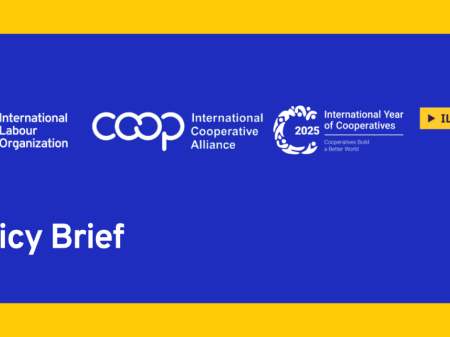
Two co-operative banks were ranked high in this year’s index of the World’s Strongest Banks, published by Bloomberg. Desjardins Group, a network of 376 credit unions across Canada came second in the rankings with an overall score of 21.1, the same score obtained by Norinchukin Bank, a co-operative bank serving 3,800 farms, fishing and forestry co-operatives in Japan.
With six million members and 45,000 employees, Desjardins is the largest association of credit unions in North America. Desjardins boasts a Tier 1 capital ratio of 15.7%.
Norinchukin was founded as a government-owned co-operative 90 years ago and privatised in 1959. The bank, which is now one of Japan’s leading institutional investors, boasted a Tier 1 capital ratio of 16.1% as of March 31, 2013, which represents a 9.6% increase from 2009.
The bank had a net income of 155.7bn yen for the year ended on 31 March, this being its highest amount since the financial crisis. Norihiro Takahashi, senior managing director at the bank, told Bloomberg that the crisis had made Norinchukin sensitive to the market environment and that they aimed to keep the bank’s capital ratio slightly higher than those for top global banks.
Chair and chief executive of Desjardins Group, Monique Leroux, also said that having a solid basis of liquidity is important. According to David Beattie, senior credit officer at Moody’s Investors Service, the co-operative structure of Desjardins means that there’s no incentive to maximise short term profits and can afford to “run a little rich on capital and not get beaten up by their shareholders”.
The bank’s approach aims to achieve a high return in the medium and long-term by investing in assets with diversified risk-return characteristics, while minimising risks posed by rising interest rates or declining stock prices.
For their assessment of the world’s strongest banks, Bloomberg evaluated 78 banks with total assets of $100bn or more as of mid-March. They looked at the ratio of a bank’s Tier 1 capital to its risk-weighted assets (this accounted for 40% of each bank’s overall score), the ratio of non-performing assets to total assets (20%), the ratio of reserves for loan losses to nonperforming assets (20%), the ratio of deposits to funding (15%) and the efficiency ratio (5%).
Bloomberg ranked the banks on each criterion and then analysed and combined the ranking positions to determine the banks’ overall scores. The rankings excluded lenders that reported a loss in net income for 2013 or that failed the US Federal Reserve’s most recent stress test.
Photo: Desjardins' premises (left) and Norinchukin's headquarters (right)




